
Tefillin – Breslov The Way It Is, Part 3
Reb Levi Yitzchok Bender stated that in Uman, the Breslover Chassidim were particular not to remove the Tefillin of Rashi until after reciting Aleinu, in keeping with the...

Le‘ilui nishmat Leib ben Yitzchak Ya’akov Sears, a”h – Yartzeit: 30 Shevat, Rosh Chodesh Adar
Le’ilui nishmat Yosef ben Shmuel Zeitlin, a”h –
Yartzeit: 18 Menachem Av
We continue with our new series of minhagim and hanhagot tovot of Breslov. We invite you to peruse our previous entries by accessing our archives.
Tefillin (continued)
When Rabbi Gedaliah Kenig would wrap the retzu’a around his forearm, beginning with first winding, he would mentally count them with the seven Hebrew words of the verse: “Ve-atem hadeveykim ba-Shem Elokeikhem, cha’im kulkhem ha-yom . . . And you who cleave to Hashem, your God, you are all alive today” (Devarim 4:4). Rabbi Gedaliah Kenig also said that one should turn over his arm and mentally count seven windings. He received this custom from Rabbi Avraham Sternhartz. (Heard from Rabbi Chaim Man. Rabbi Elazar Kenig mentioned that counting the windings with these words reflects Reb Nosson’s remarks in Likutei Halakhot, Tefillin 5:25.)
* * *
Rabbi Elazar Kenig gazes at both shins on the tefillah shel rosh before putting it on (this is a minhag of the Zohar [R’aya Mehemna], ‘Ekev, 274a; also cf. Darkei Chaim ve-Shalom 54; Ot Chaim 25:14; Sefer Minhagim Chabad, et al.).
* * *
Rabbi Gedaliah Kenig did not use a mirror to position the tefilah shel rosh, considering this to be an excessive stringency. Rather, he did so by hand, aligning the lower corners of the bayit with his eyes. Rabbi Elazar Kenig does not use a mirror, either. (Rabbi Chaim of Tzanz, Divrei Chaim, Chelek II, Orach Chaim, no. 6, states that there is no reason to use a mirror, because the head can accommodate two pairs of Tefillin. Although this is usually understood as vertically, he seems to understand it as horizontally, as well. I am grateful to Rabbi Dovid Shapiro for this makor.)
* * *
Rebbe Nachman darshans on the posuk commonly recited when winding the retzu’a three times around the ring-finger: “Ve-eirastikh li le-‘olam… be-tzedek u-ve-mishpat u-ve-chesed u-verachamim… ve-yada’at es Hashem” (See Sichot ha-Ran 217).
* * *
Reb Levi Yitzchok Bender stated that in Uman, the Breslover Chassidim were particular not to remove the Tefillin of Rashi until after reciting Aleinu, in keeping with the view of the ARI zal (Si’ach Sarfei Kodesh IV, 194; cf. Rabbi Chaim Vital, Sha’ar ha-Kavannot, Inyan Tefillat Shacharit (end) [Ashlag ed. p. 333b]).
* * *
Rabbi Gedaliah Kenig related that Reb Avraham Sternhartz and Reb Avraham ben Nachman once discussed the issue of wearing two pairs of Tefillin. They agreed that ideally one should have completed Shacharit wearing the Tefillin of Rashi and also have donned the Tefillin of Rabbenu Tam before the z’man kriyat shema’. (Editor: It seems that this is related to the kabbalistic practice of wearing both pairs of Tefillin at the same time. Nevertheless, it is permissible to put on Rabbenu Tam Tefillin at any time prior to sundown, or for those who are so accustomed, before donning Shemusha Raba Tefillin before Minchah.) (Cf. Imrei Pinchos [Bnei Brak 2003] vol. II, Sha’ar ha-Sippurim 177, that this was also the minhag of Rabbi Pinchos of Koretz.)
* * *
During his later years, Reb Nosson would eat a piece of cake and drink something before donning the Tefillin of Rabbenu Tam (Si’ach Sarfei Kodesh II, 566).
* * *
While wearing the Tefillin of Rabbenu Tam, Rabbi Gedaliah Kenig would recite the four parshiyot contained in the Tefillin in the following order: “Kadesh li kol bekhor”; “Vi-hoya ki yeviyacha”; “Shema’ / Ve ahavta”; “Vi-hoya im shamo’a.” He would also recite the parshat ha-tzitzit, since it is part of kriyat Shema’ (Heard from Rabbi Elazar Kenig).
* * *
When Rabbi Elazar Kenig puts away the Tefillin, he places the kesher of the tefilah shel rosh against the cover of the bayit, not underneath, due to the holiness of the kesher (Heard from Rabbi Dovid Zeitlin).
Tefillah be-Kavanah
Rabbi Elazar Kenig has often spoken about the importance of davenning be-kavannah. At the most basic level, this means binding one’s thought to the words one speaks. Rebbe Nachman addresses this subject in Likutei Moharan I, 80 (“Hashem ‘Oz”) and Sichot ha-Ran 75(See also Likkutei Halakhot, Minchah 7:57).
* * *
Rabbi Elazar Kenig also said: “A person discovers who he really is while davening. As the GRA states, ‘Davening is like a mirror.’ If one’s faith is strong and one’s heart is attached to Hashem, one will pray with true fervor and devotion; if not, one will know what one needs to work on. Prayer is the arena in which all of one’s Torah learning and other efforts in avodat Hashem are put to the proof.”
* * *
Rebbe Kenig said that even one who knows how to daven with the kabbalistic kavannot should not do so — unless for him this is like contemplating the simple meaning of the words. Prayer is deveykut to Hashem, and one must therefore pray with total simplicity. However, the Rebbe permitted us to study the kabbalistic kavannot (Likutei Moharan II, 120).
* * *
Rabbi Elazar Kenig discouraged his talmidim from looking into seforim while reciting their prayers. “If you try to learn while davening,” he once commented, “your learning won’t be learning, and your davening won’t be davening.”
* * *
Reb “Motteh” Frank and another grandson of Rabbi Shmuel Shapiro once spent Shabbat in Meron with family members. After Ma’ariv, they left Rabbi Shmuel Shapiro still davening near the kever of Reb Shimon and went to make Kiddush and share the seudah together. Two hours later when the meal was over, they returned to Reb Shimon’s kever, where they found Reb Shmuel still repeating the words from “ahavas ‘olam” at the beginning of Ma’ariv to the familiar Breslover niggun: “ve-ahavaskha al tasir memenu le-‘olamim…” (Heard from Rabbi Mordechai Frank).
* * *
Rabbi Gedaliah Kenig often davened in the Yeshivah Beit E-L, where the minyan davens with the kavannot of the RASHASH. Following the Rebbe’s viewpoint, Reb Gedaliah did not daven with the kabbalistic kavannot. However, he spent as much time praying the Shemoneh Esreh as those who used the kavannot. Sometimes, he took even longer – in which case the Rosh Yeshivah, Rabbi Mordechai Sharabi, would wait until he had finished (heard from Rabbi Elazar Kenig).
To be continued…
(With permission from The Breslov Center for Spirituality and Inner Growth http://www.nachalnovea.com)




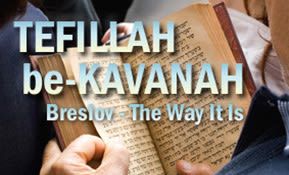
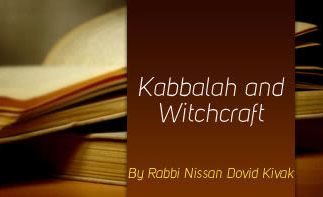
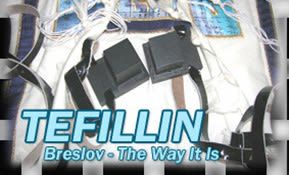
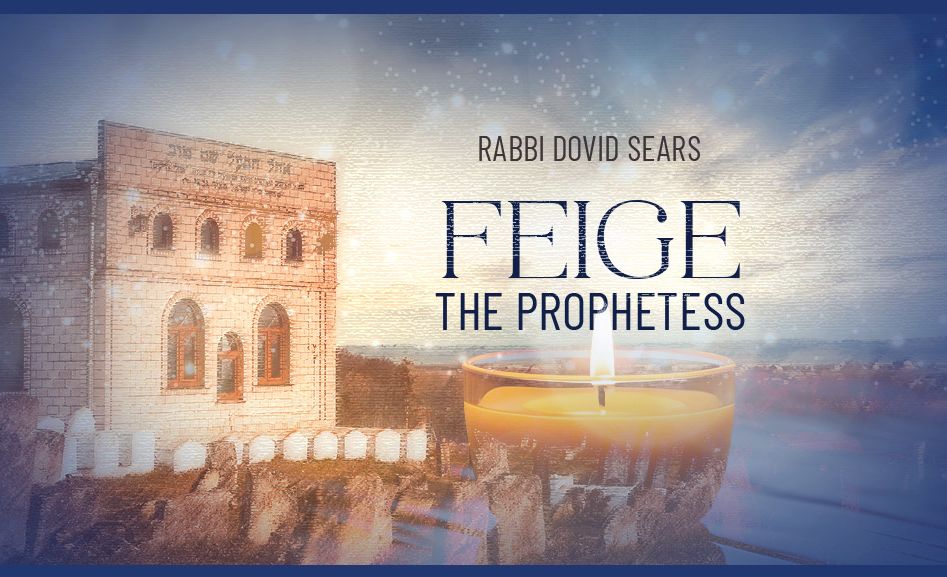
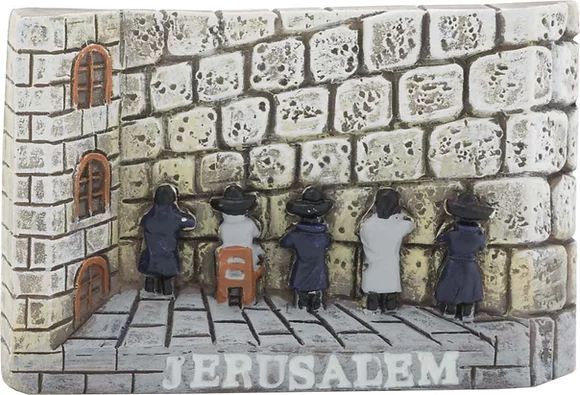
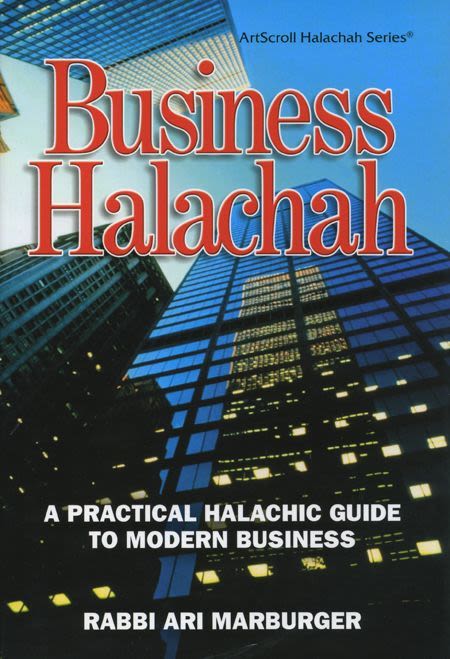
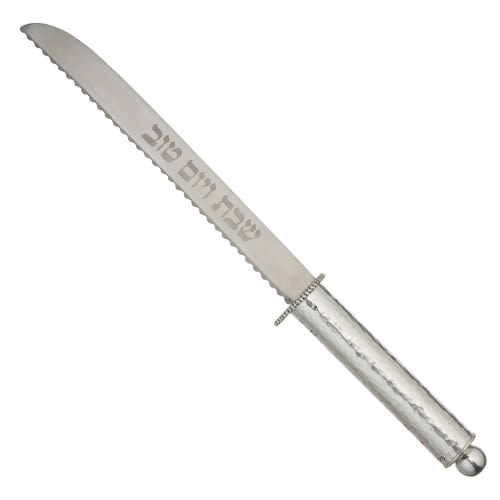
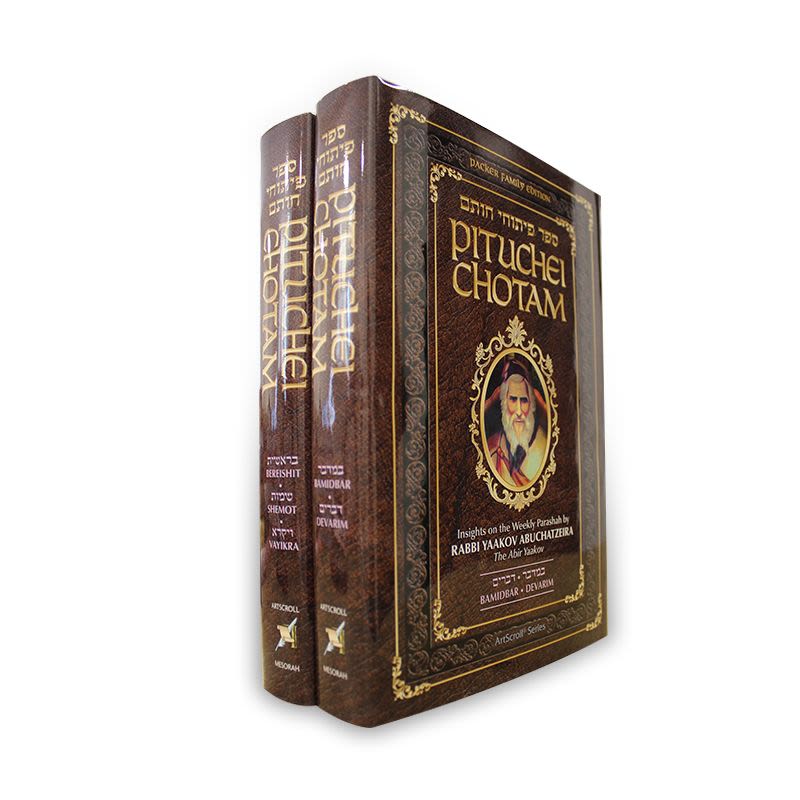
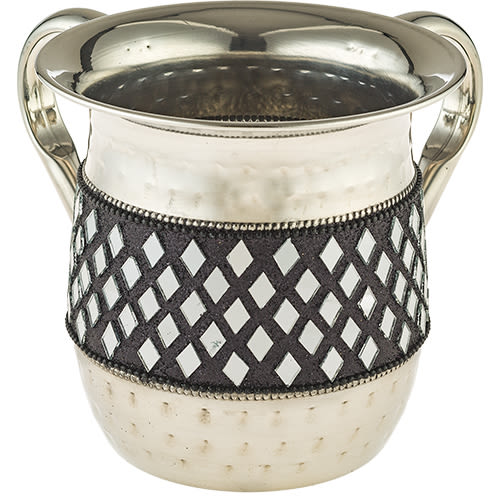
Tell us what you think!
Thank you for your comment!
It will be published after approval by the Editor.